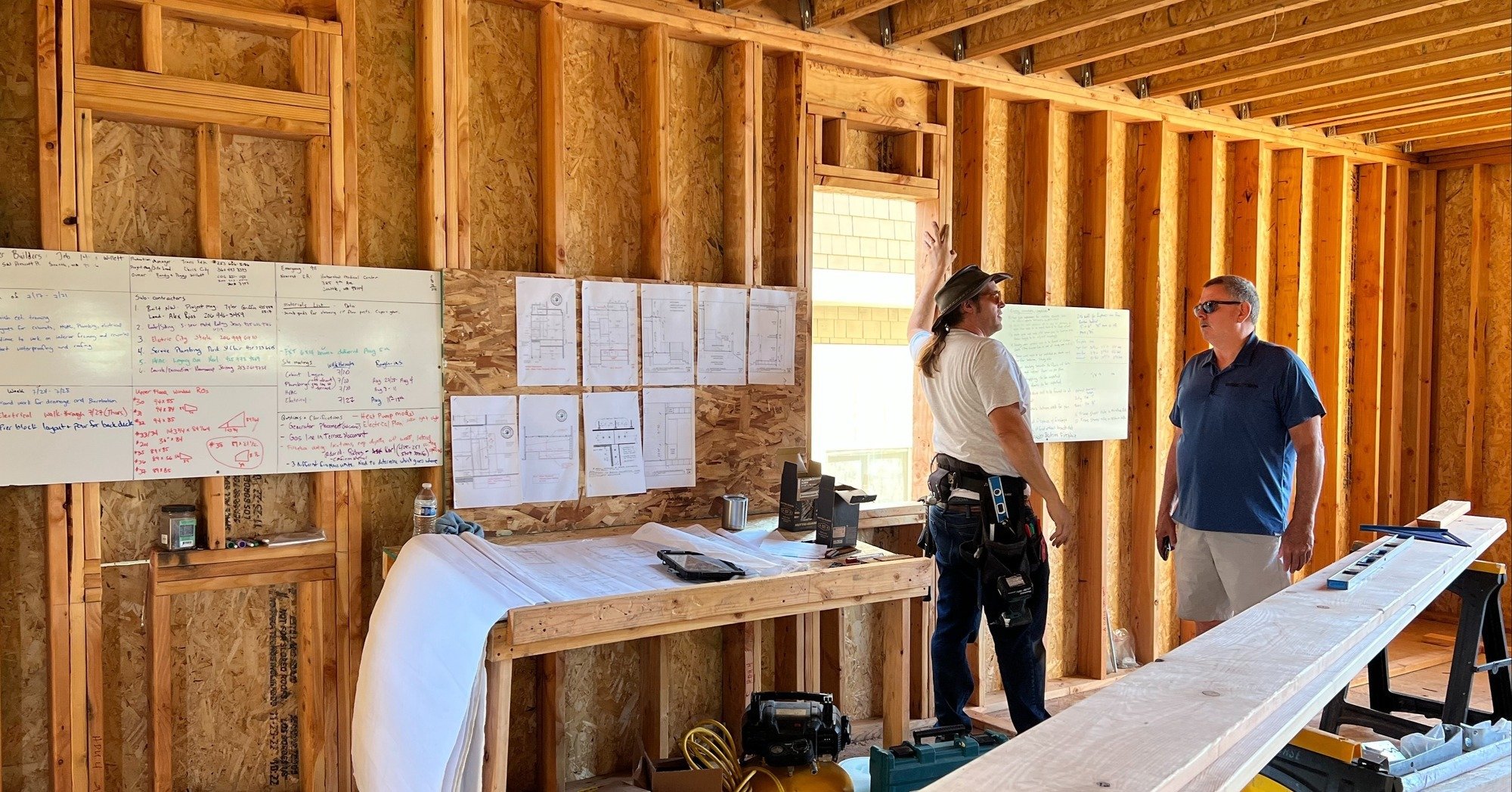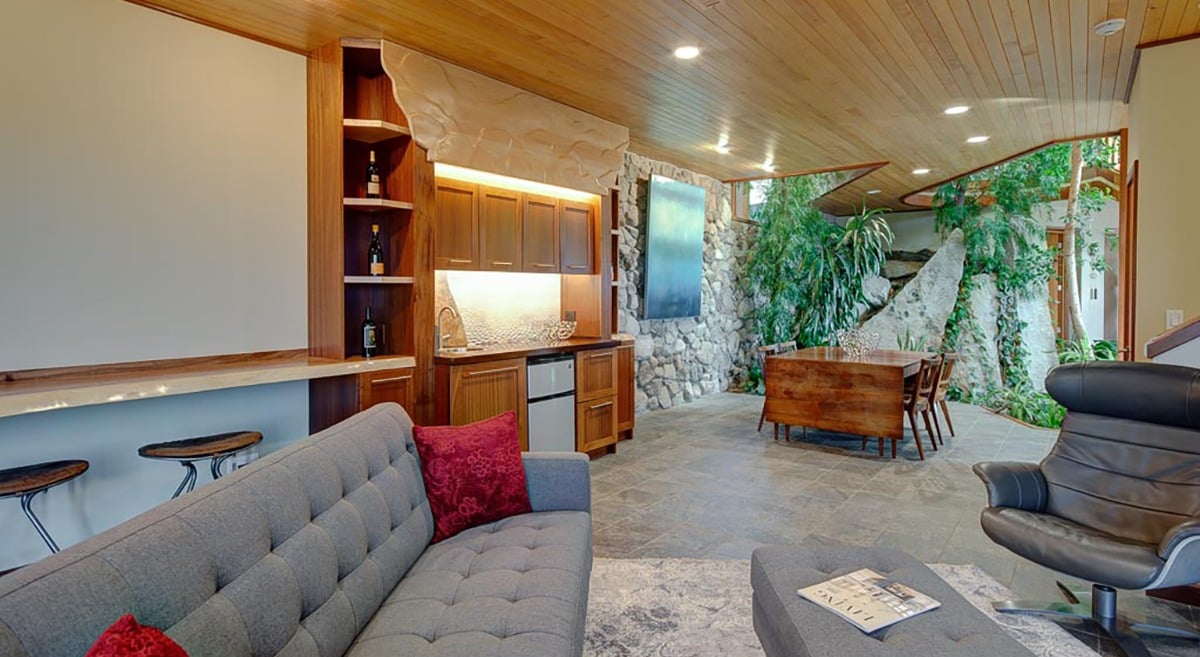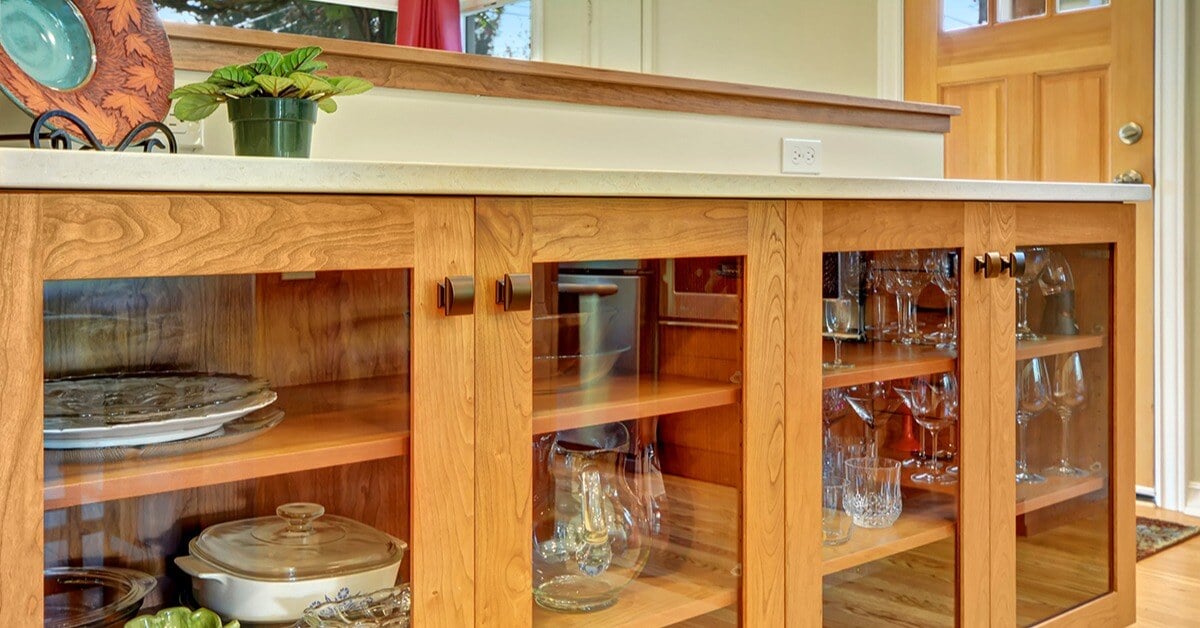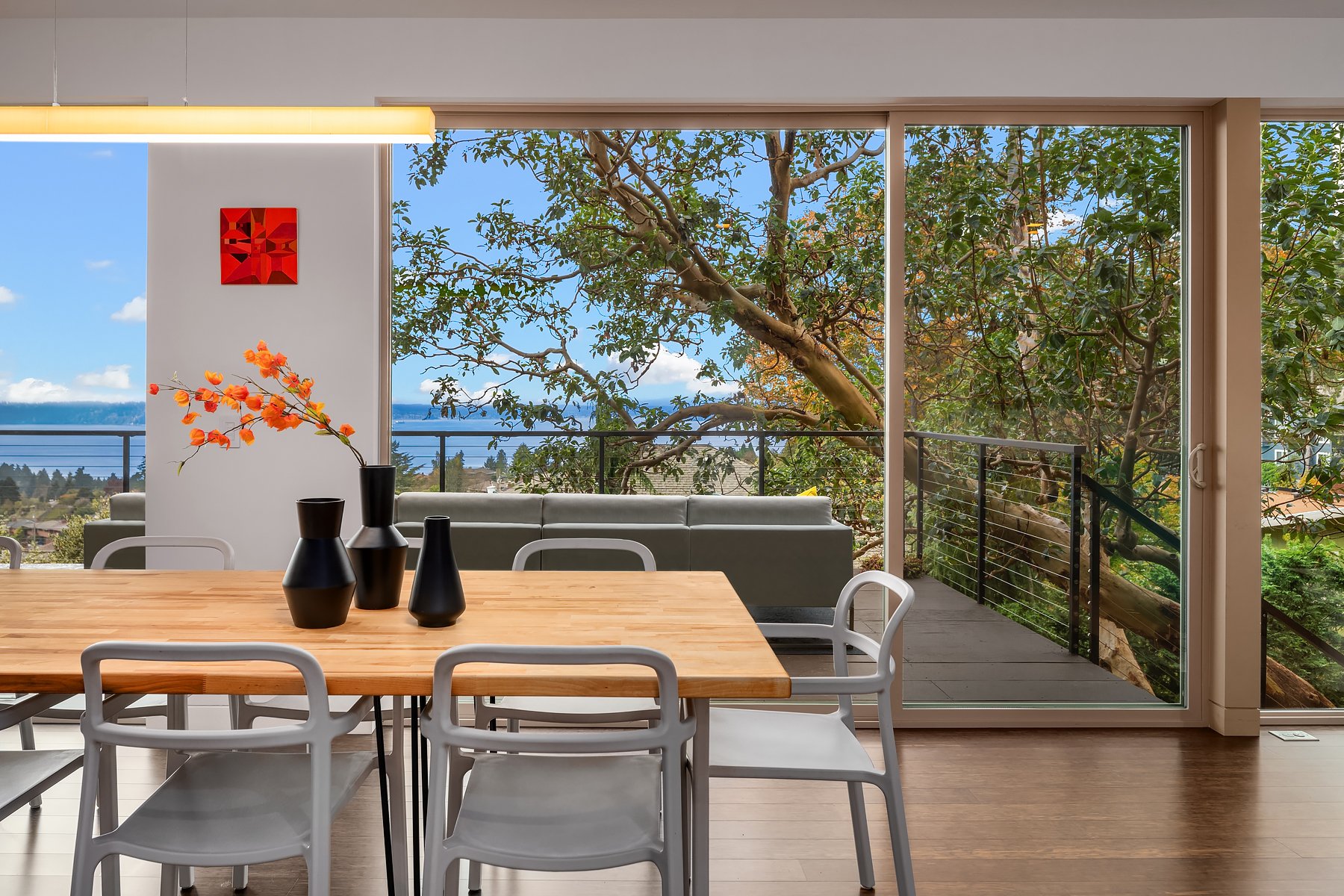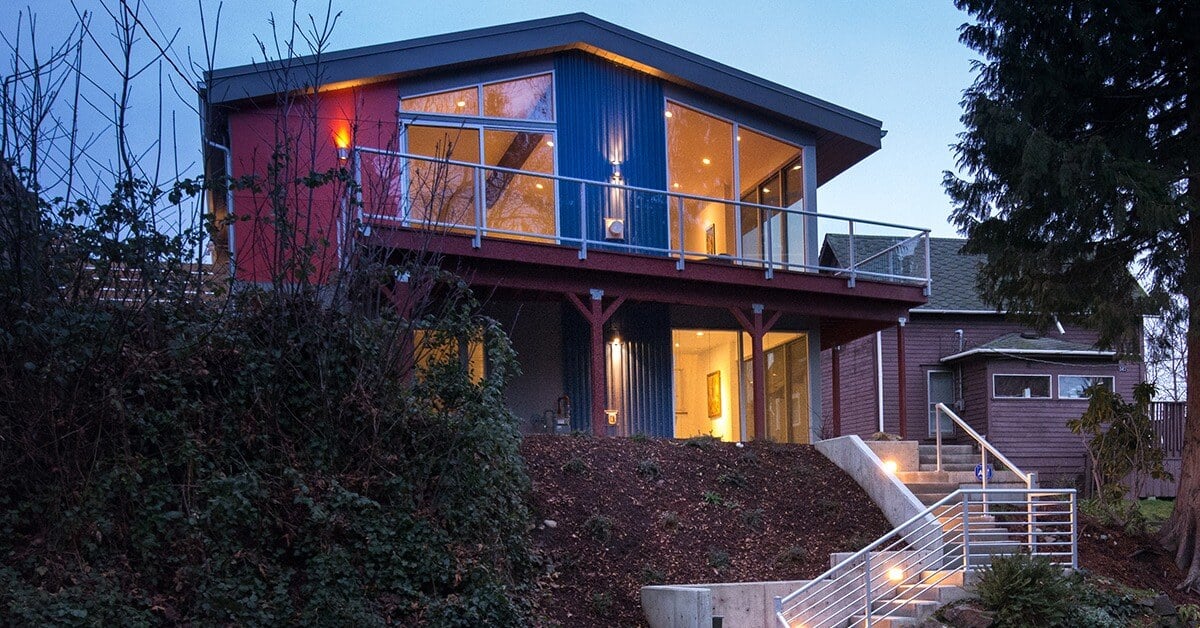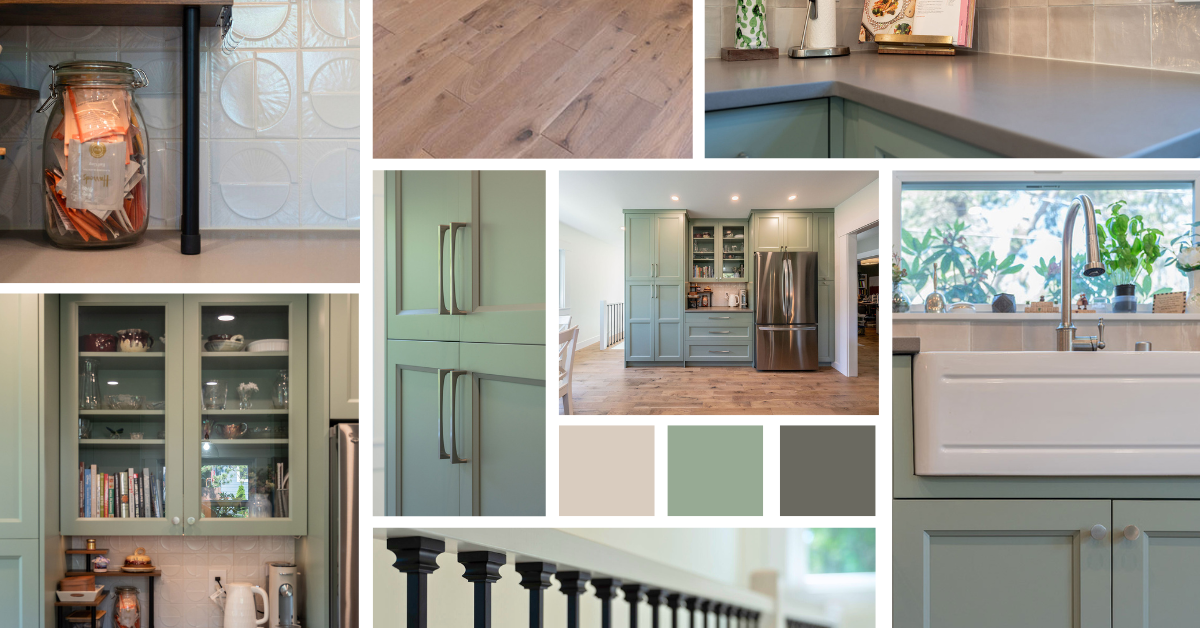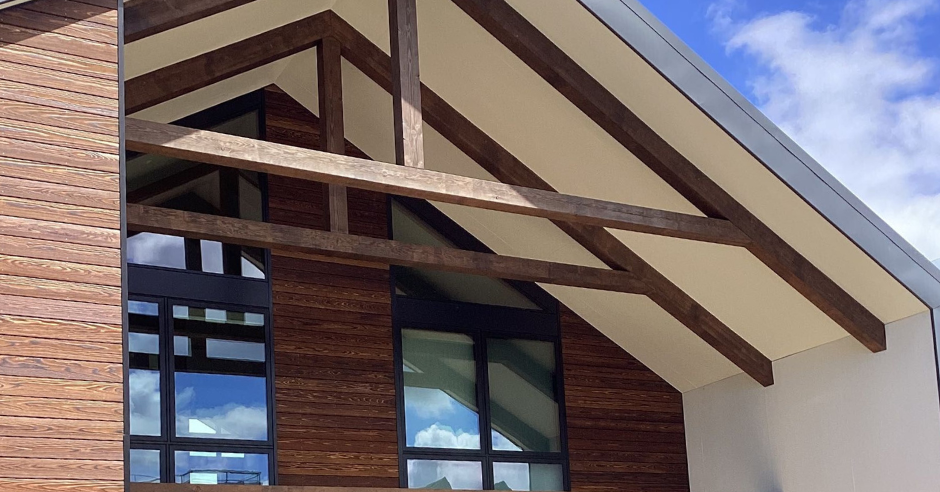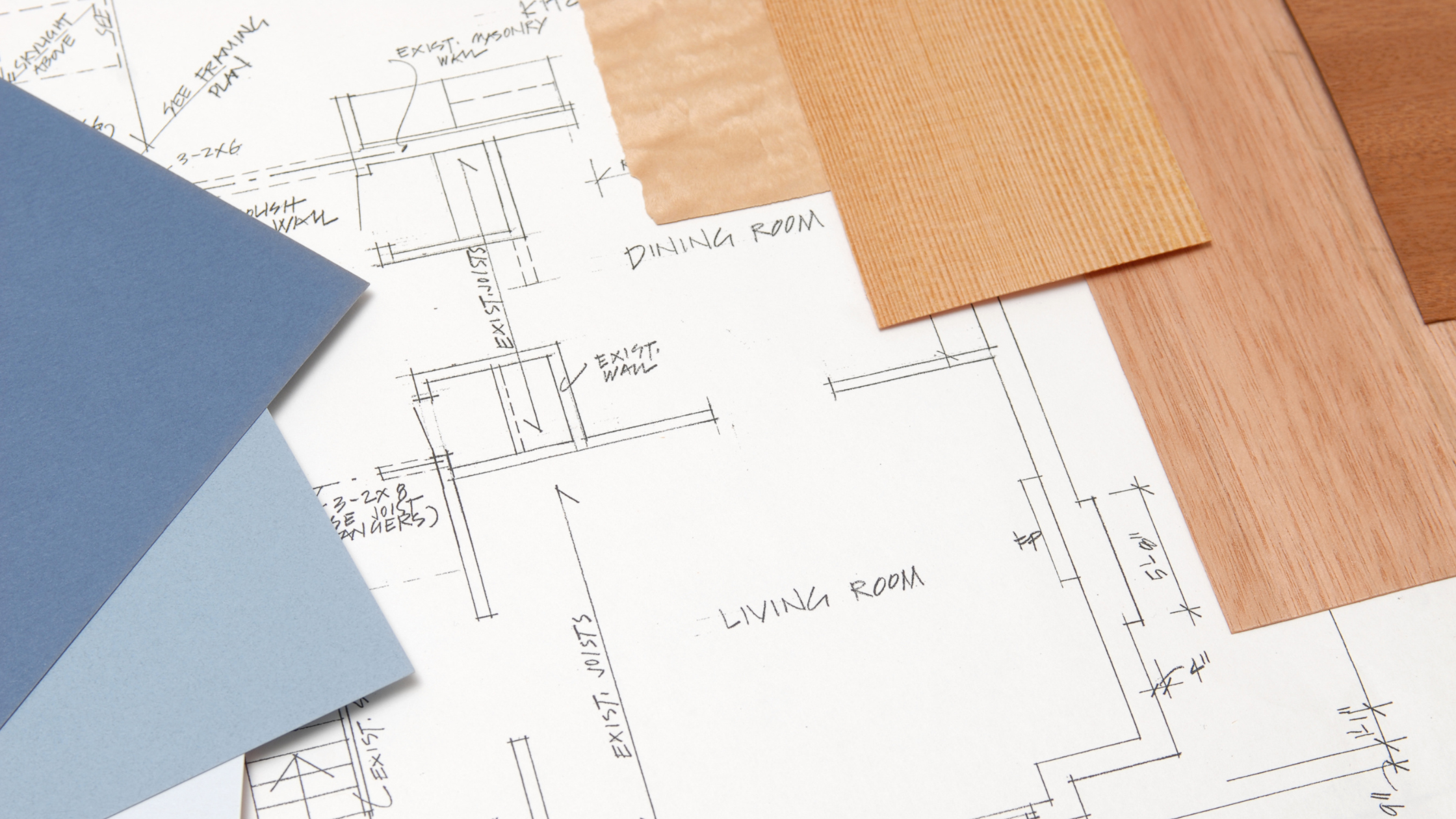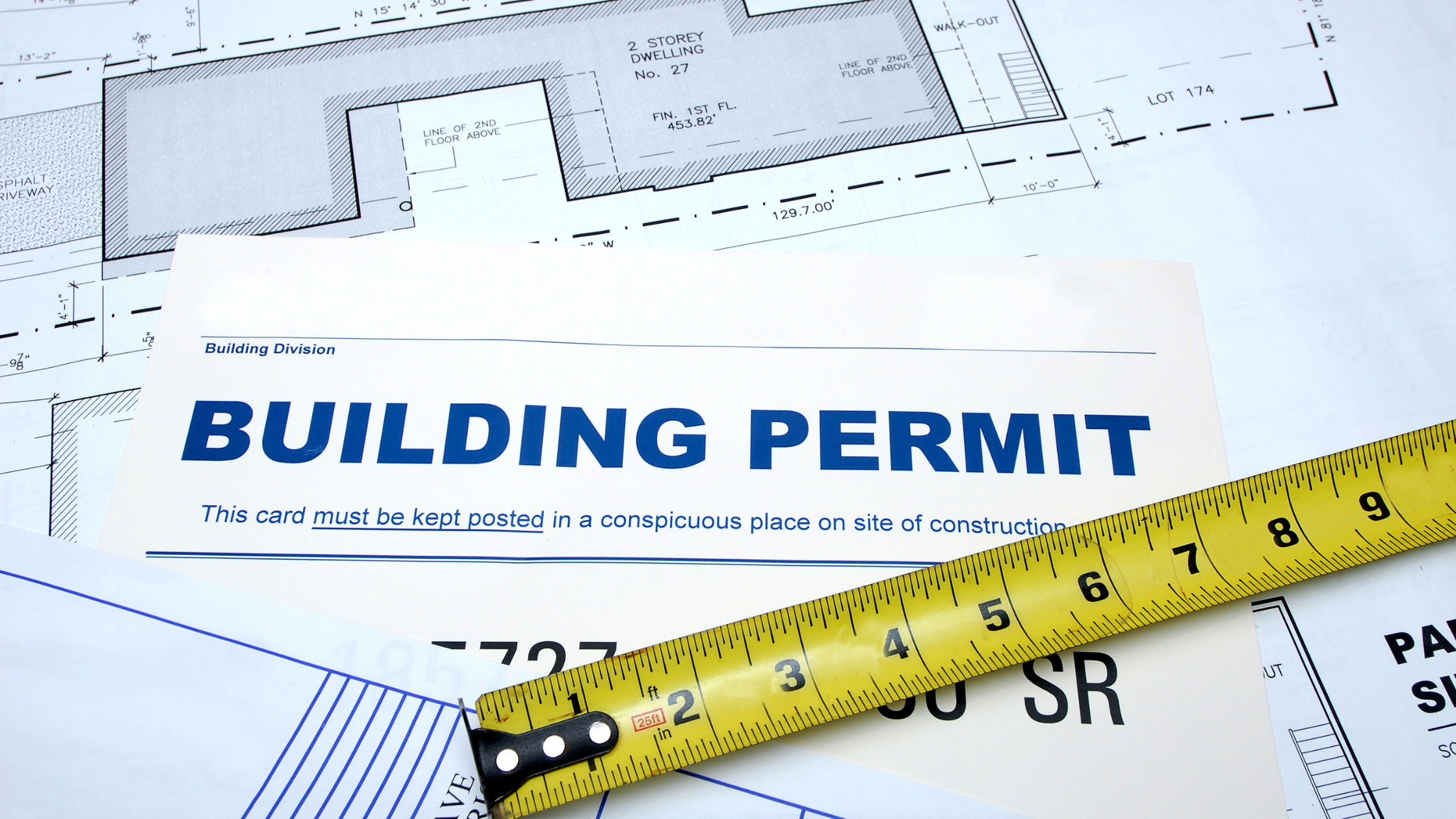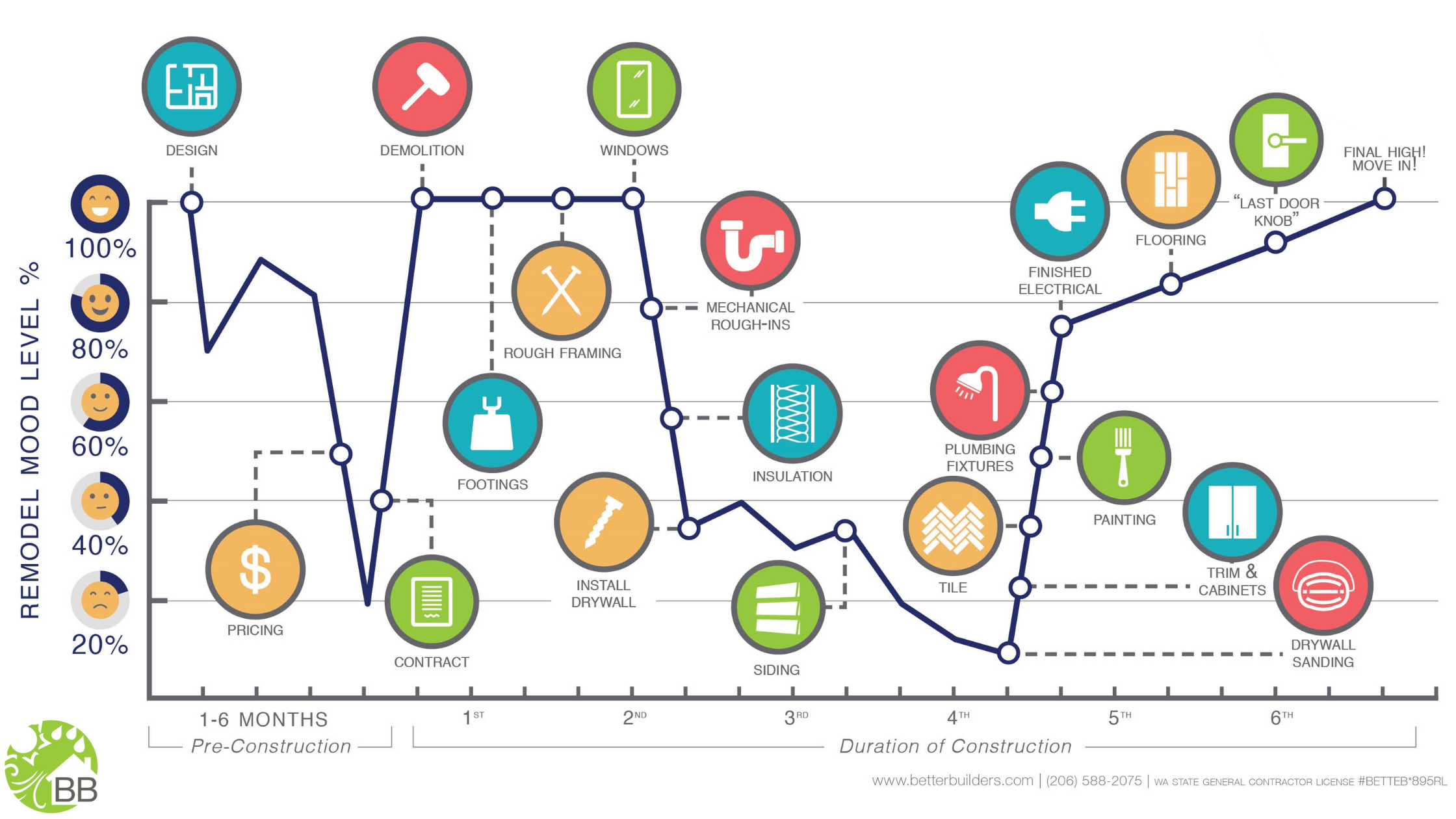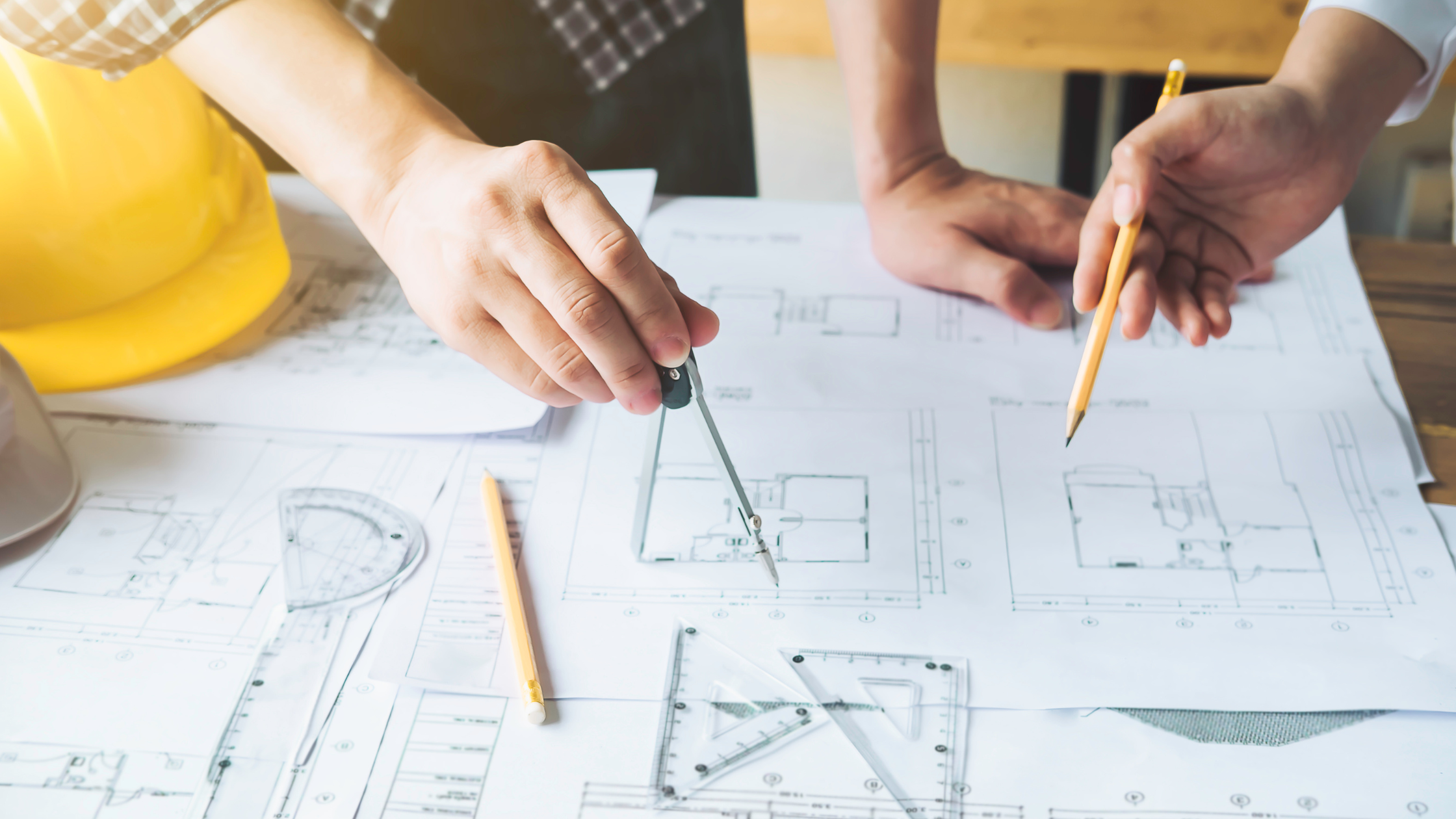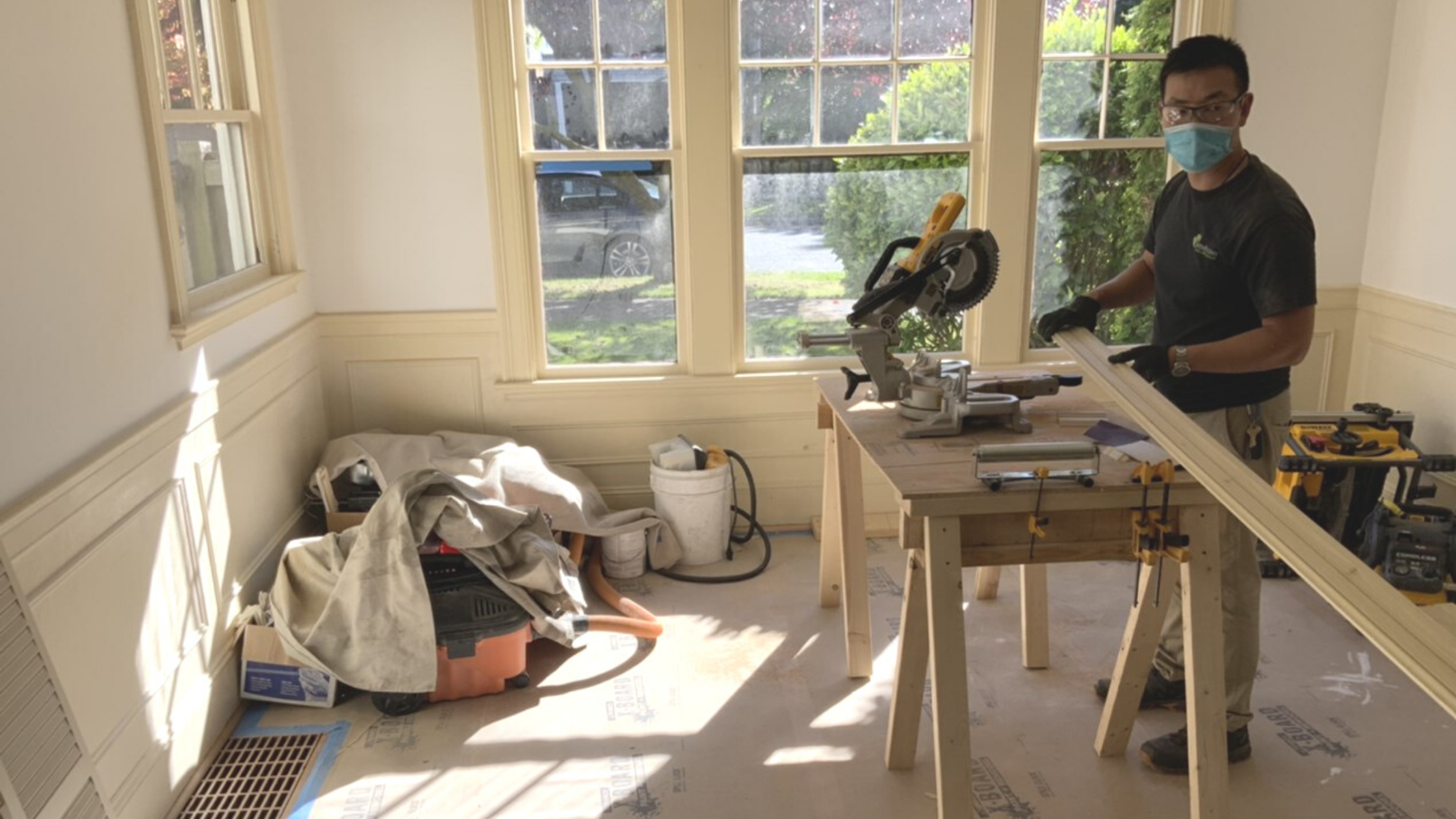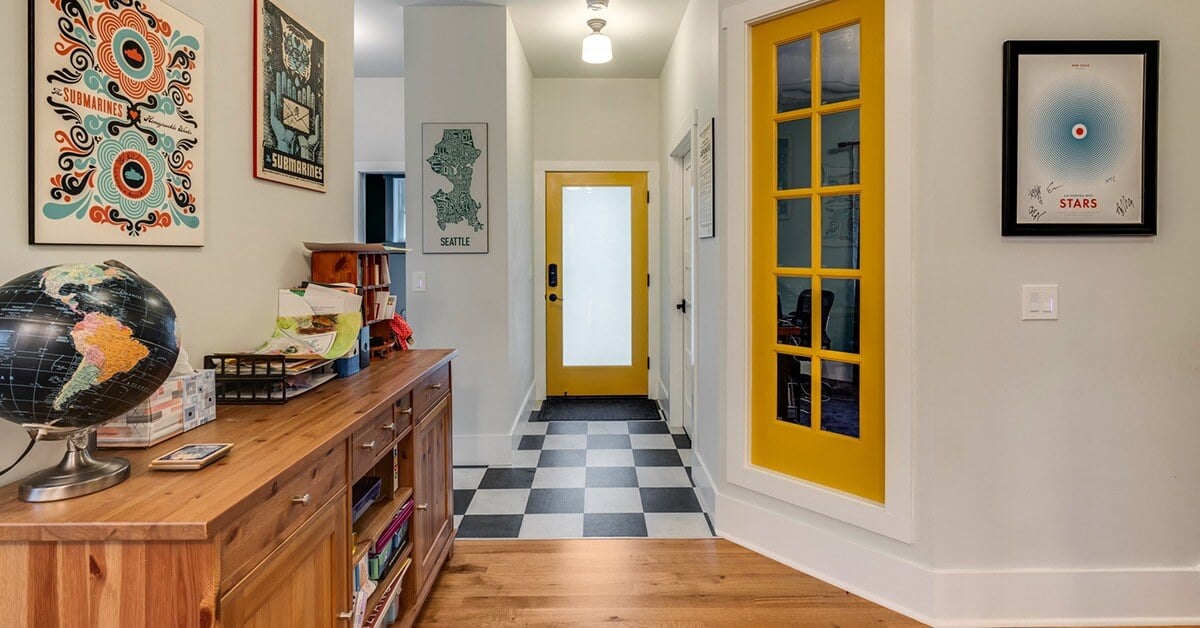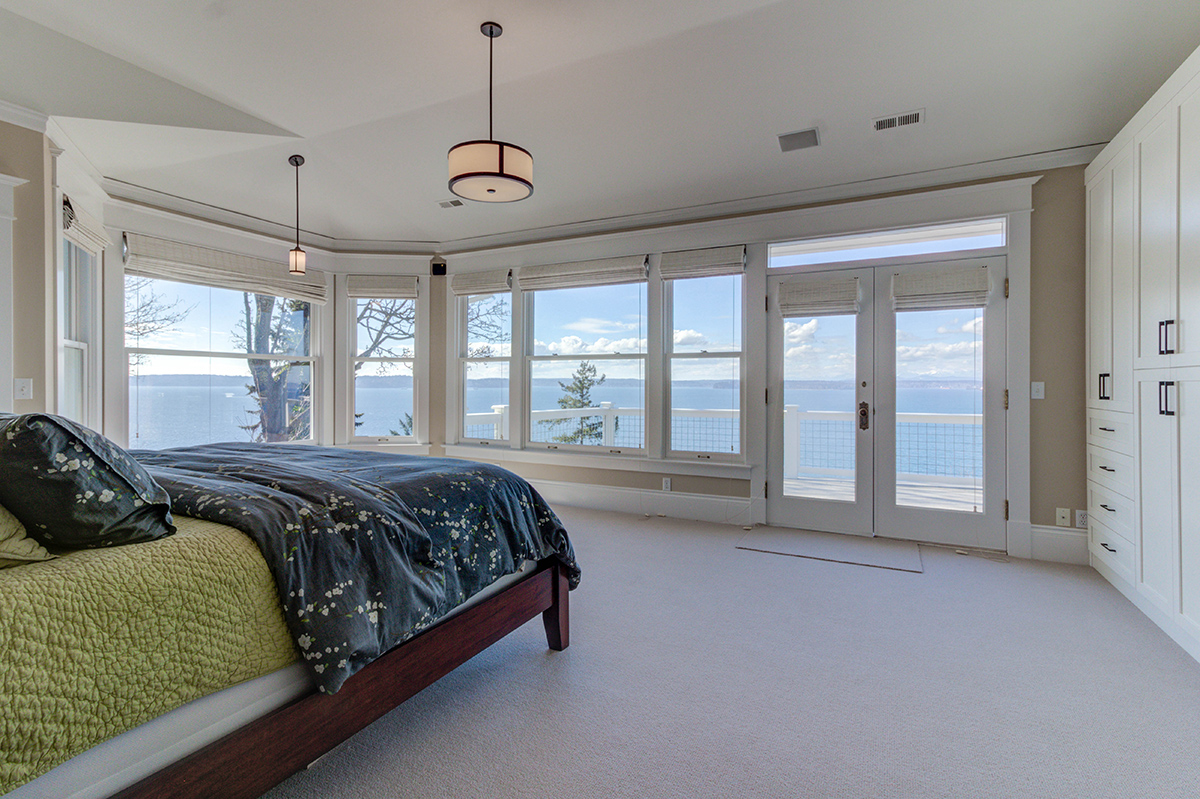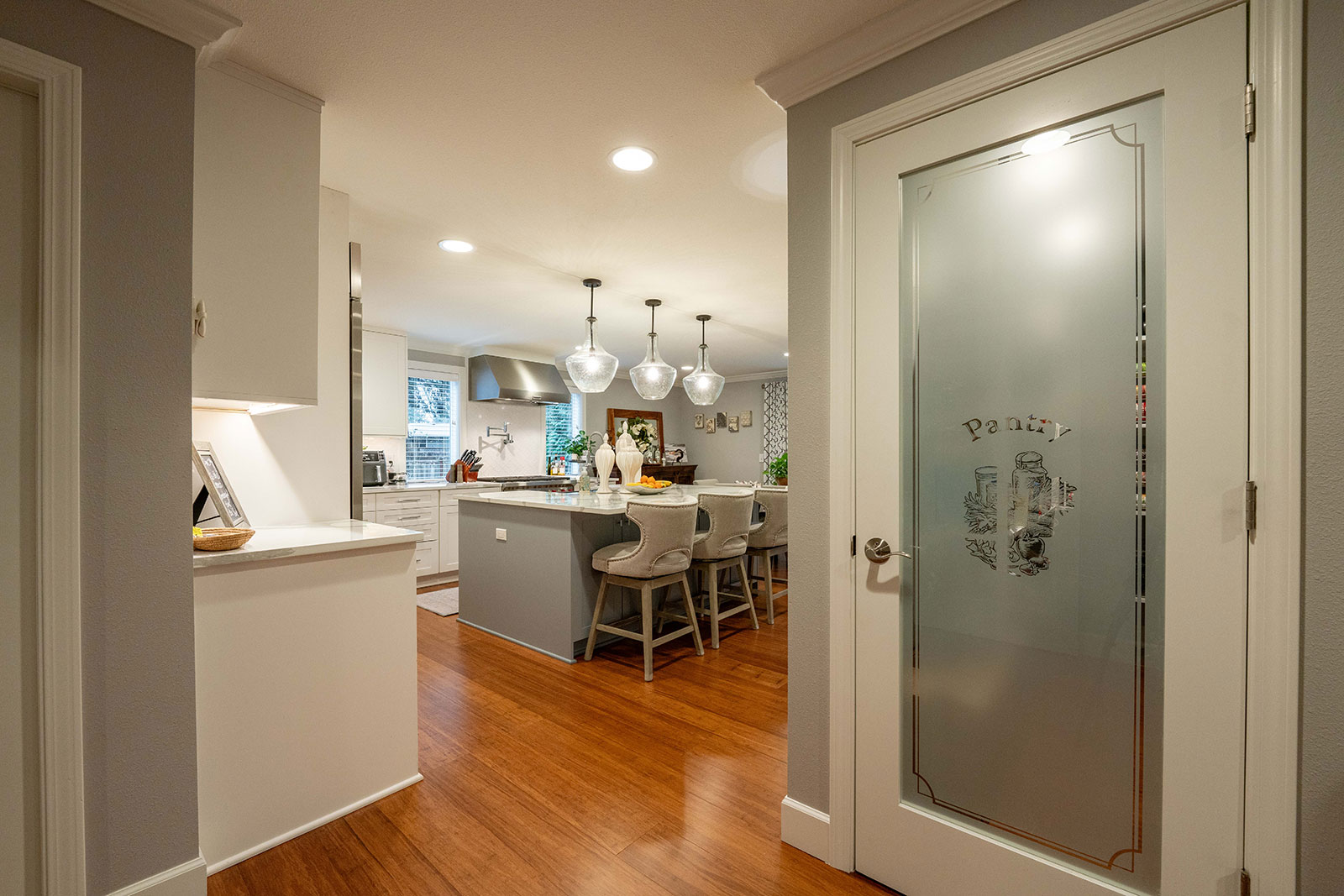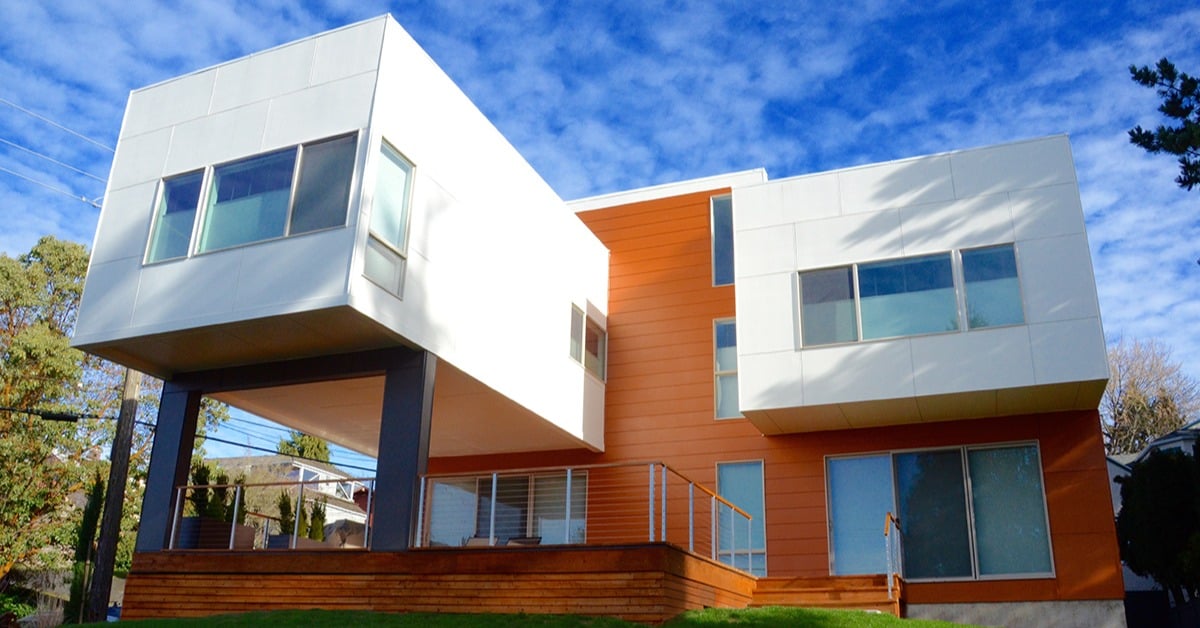Starting a home remodel or custom build is thrilling; it’s your chance to bring long-awaited ideas and dream spaces to life. But excitement often comes hand-in-hand with uncertainty. Where do you begin? Many homeowners jump straight into the design phase because it feels like the most inspiring step: sketching out layouts, choosing finishes, and envisioning how each room will look and feel in your new dream home.
Yet, design is only one piece of the puzzle, and tackling it without the right support can make the journey more complicated (and expensive) than it needs to be.
Why Involve a General Contractor Early?
Homeowners often start with architectural design work and plan to find a general contractor later. The problem? This approach can lead to disappointment when they discover that the beautiful plans they’ve invested time and money into don’t fit the budget, or worse, aren’t structurally feasible to build.
When beginning your remodeling or custom home journey, it’s important to know there are three main routes you can take: hire a designer or architect, hire a general contractor, or partner with a design-build general contractor.
To help you decide which path is right for you, we’ve outlined the top reasons why involving a general contractor in the home design process from the very beginning is a smart move.
What’s the Difference Between a Designer and a Contractor?
When you begin the house design process, you most commonly deal with an architect or an interior designer, depending on the scope of your project. Architects typically take on larger projects that include structural changes, often involving a structural engineer as well. Interior designers can manage minor structural changes but are more focused on spatial planning, design decisions, design ideas, and material selections (tile, cabinetry, paint, etc.). The general contractor will be responsible for executing the building process of the project. General contractors take the finished house plans, assemble their team of craftspeople, and make the construction drawings a reality.
When homeowners engage with a design firm that only provides home design services, the typical outcome is a final design that may or may not include the required building permits and help to acquire them. This could mean that the homeowner hands over hours' worth of planning time (money) to a general contractor only to find out that the blueprints need to be significantly revised. The homeowner would then have to take their construction documents and go back and forth between the designer or architect and the contractor, leading to additional design time, wasted time, and additional costs.
The best way to mitigate these potential problems is to involve a contractor in the initial design phase or, better, work with a design-build contractor.
Understanding the Home Design Process: What Does Design-Build Include?
A design-build firm is truly a one-stop shop. Design-build covers the entire home design and construction process, from the design development phase all the way through to the final stage of move-in-ready occupancy.
When working with a design-build firm, the process typically starts with an initial meeting to discuss the homeowners' ideas, goals, functionality needs, budget, and what is feasible in terms of build capability. This is a foundational step that ensures the project is successfully brought to life to meet the homeowner’s expectations.
The second step within the design phase includes schematic design development. This is where the team members from the design-build firm would illustrate the desired design concepts with spatial relationships and measurements with a drawing or rendering. The final outcome of the design process would include a permit-ready plan, a detailed scope of work, and a full list of selections. All the while, the team responsible for executing the build is involved every step of the way.
Once the design is complete, the package is handed off to the production team, which includes labor, materials purchasing, project management, and any other necessary components to build the project.

What are the Advantages of Choosing Design-Build?
The biggest advantage of working with a design-build firm is that the same team handles both the design and construction. This means your plans are created to be both buildable and aligned with your realistic budget, reducing the risk of investing in a design that can’t actually be carried out. Less potential for rework equals less risk of wasted money on construction costs.
Typically, a stand-alone design team will structure an agreement based on its estimated time to complete the design work. If the homeowner changes their mind or revisions are needed later, designers will often add additional charges to the original agreement. This can get very expensive.
Bringing a design-build general contractor into the remodeling or new home construction process from the start ensures they’re closely involved in every step of the project. This approach ensures the final result strikes the right balance between the homeowner’s vision and practical needs, bringing their dreams to life while staying within budget.
Another advantage of working with a design-build firm is the ability to tap into the contractor’s expertise in sourcing materials and selecting components. Since design-build contractors typically handle purchasing, they have up-to-date knowledge of costs, lead times, and potential backorders—insight that helps keep your project on track and within budget.
When homeowners complete design work first using an architect or design-only firm and take the plans to a contractor, they are often surprised that the contractor is unable to start on the project immediately. Unfortunately, today’s reality is that contractors can be booked out for 6 - 12+ months. If the homeowner chooses a design-build contractor from the get-go, the design-build firm can plan so that the timeline of design to construction is kept together.
Start Your Home Design Project the Right Way
The best way to avoid unexpected costs, wasted time, and unnecessary frustration is to bring a general contractor into the design phase from the very beginning. Better yet, consider partnering with a design-build contractor who can guide you through the entire process with a streamlined, holistic approach.
While architects and design firms play an important role, their focus is often limited to certain phases of the project. A design-build contractor, on the other hand, ensures every step—from concept to construction—works together seamlessly.
If you’re planning a remodel or custom build, involve a contractor early to keep your project on budget, on schedule, and fully achievable. And if you don’t already have a designer in place, a design-build firm can be your partner from start to finish.
Are you ready to start planning your new home with confidence? Read The Homeowner’s Guide to Planning a Remarkable Renovation and get the insights you need to start your project right.

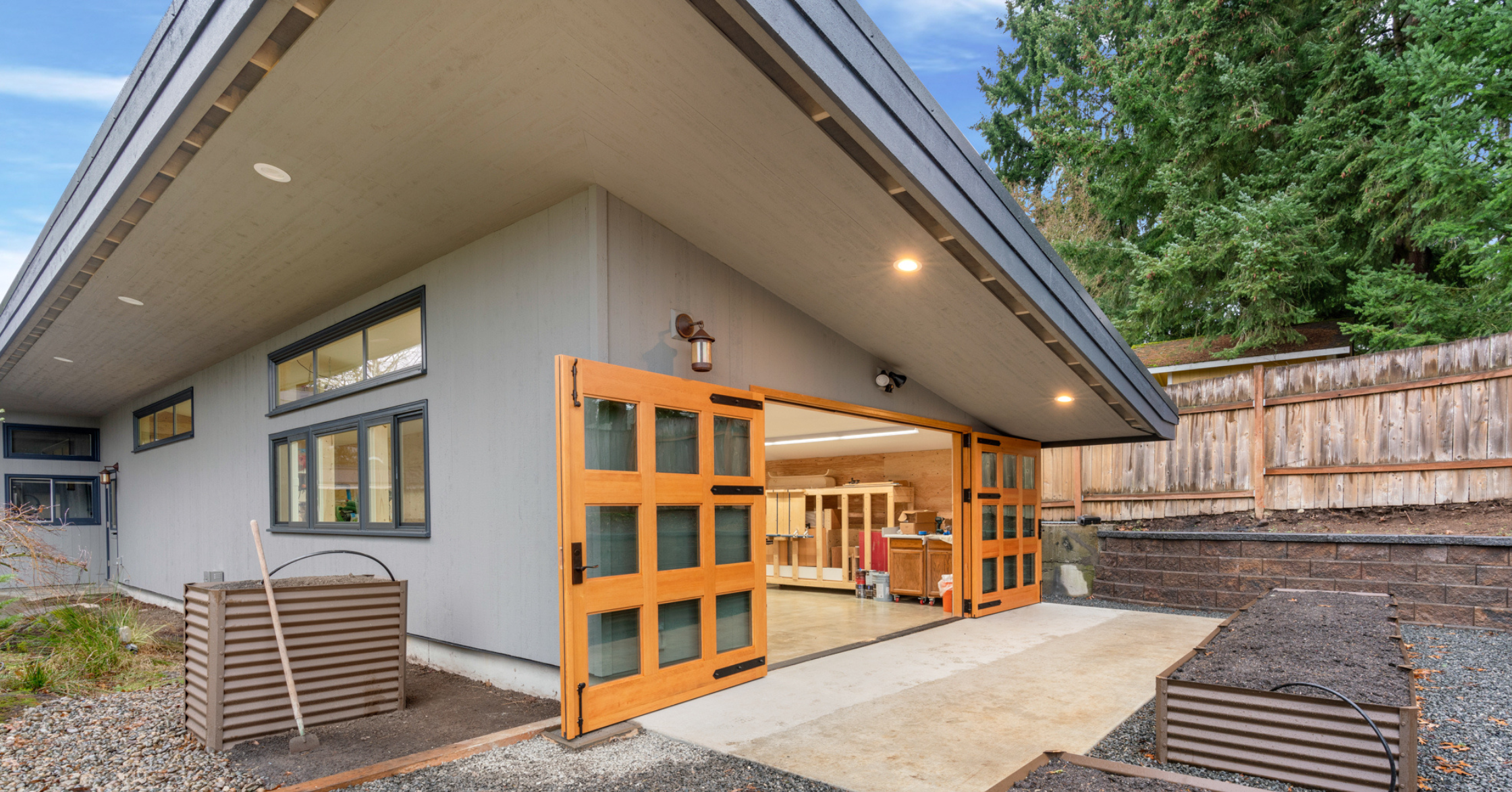
.png?width=1200&height=800&name=Belltown%20Highrise%20Penthouse%20(15).png)

.png?width=1200&height=800&name=admiral-second-floor-remodel-after%20(16).png)


.png)
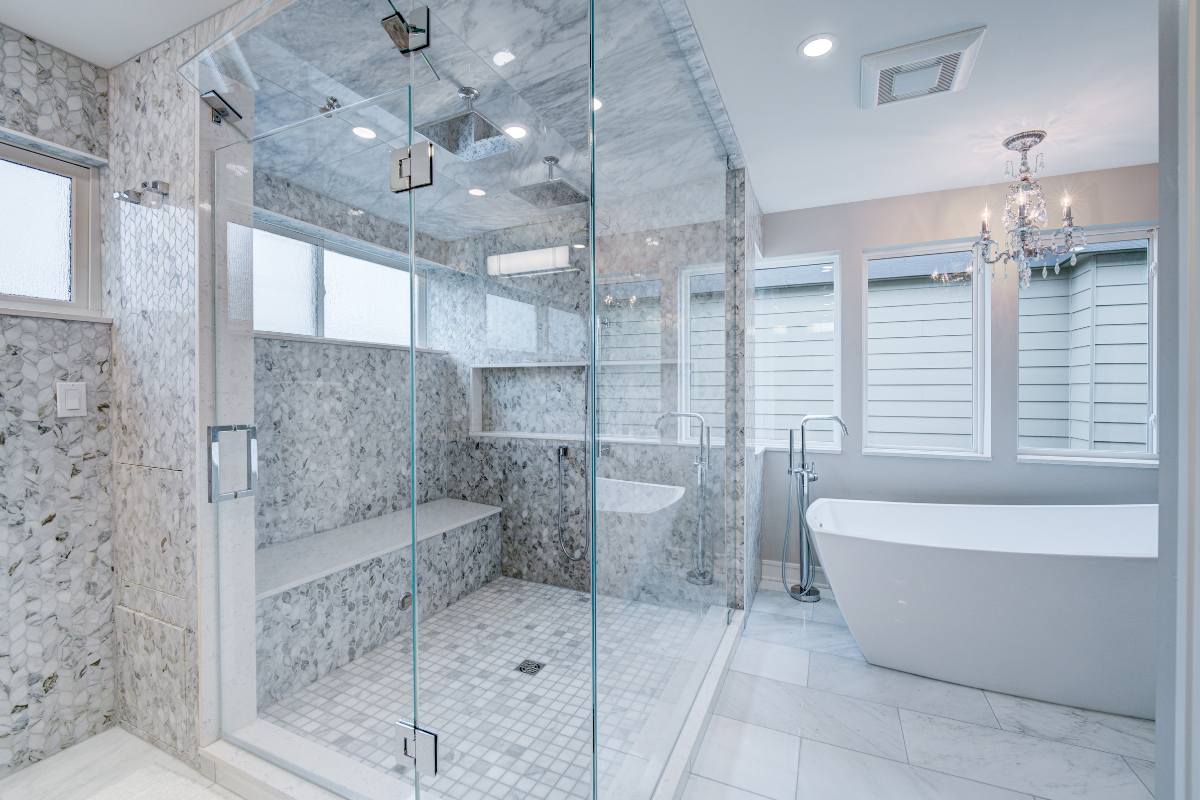
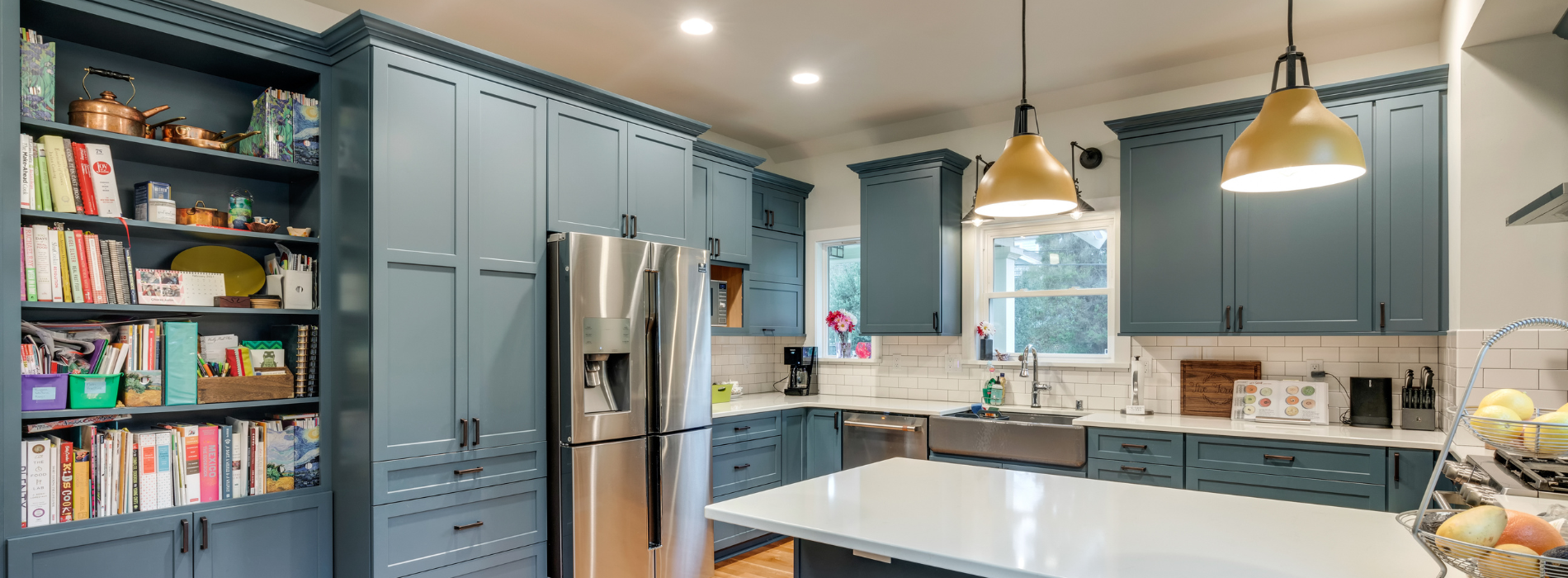
.jpeg)
